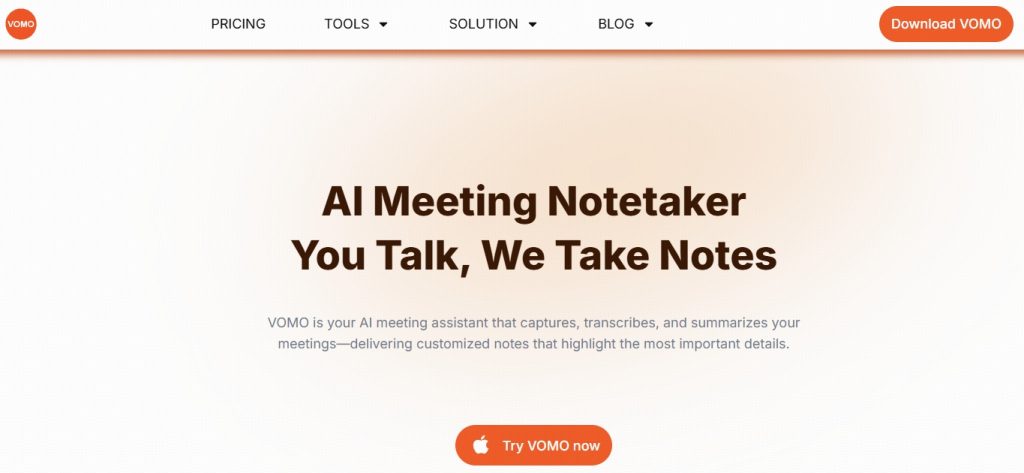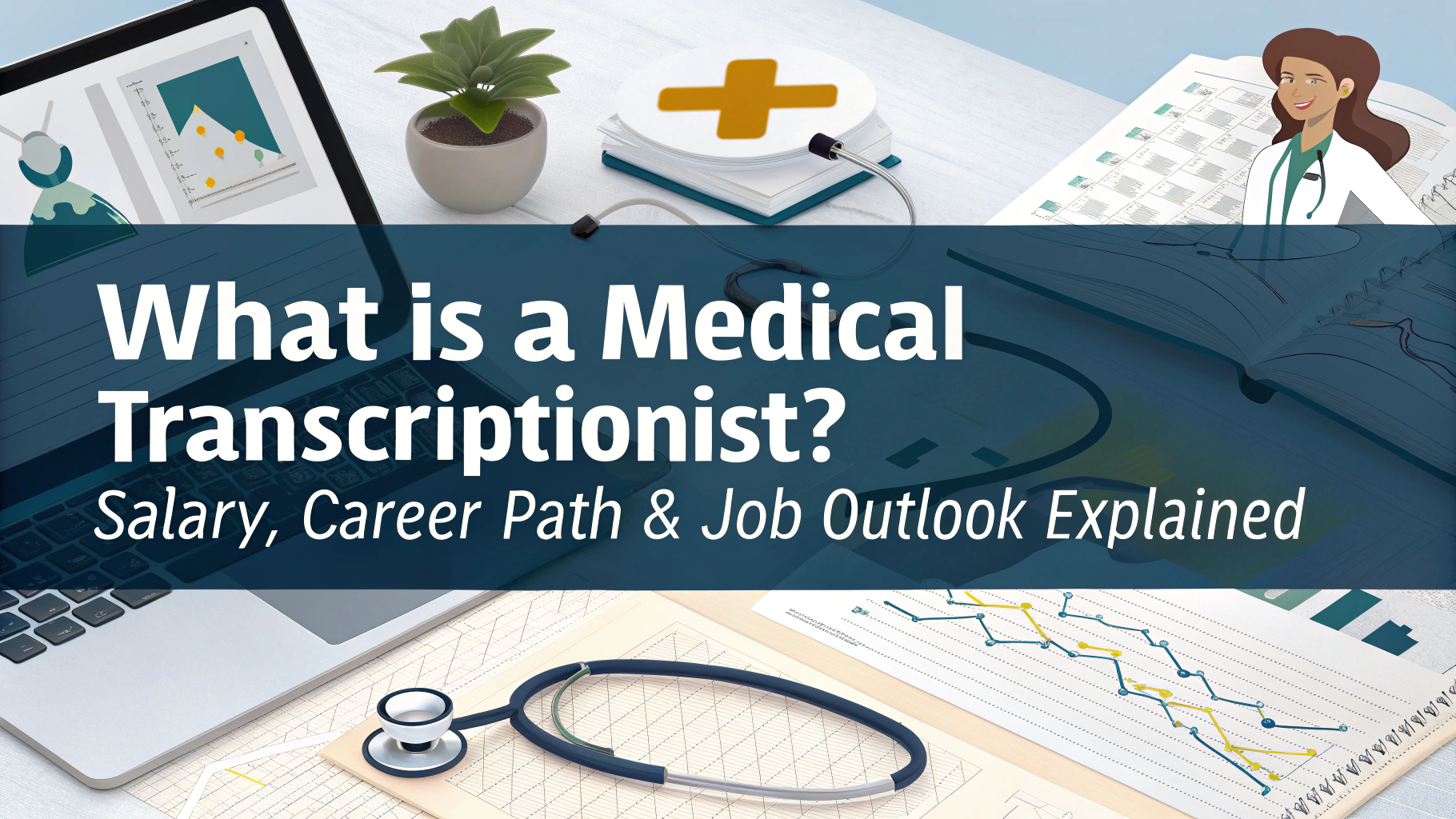What Is a Medical Transcriptionist?
A medical transcriptionist is a professional who listens to voice recordings made by doctors and other healthcare providers and converts them into written medical reports. These reports become part of a patient’s permanent medical record. Medical transcriptionists must understand medical terminology, anatomy, and healthcare documentation standards to ensure accuracy.
They play a vital role in the healthcare system by turning spoken diagnoses, treatment plans, and procedures into precise, typed records that assist with billing, insurance claims, and patient care continuity.
Medical Transcriptionist Job Responsibilities
Medical transcriptionists perform several critical tasks, including:
- Listening to dictations from physicians, nurses, and specialists.
- Typing and formatting medical reports such as patient histories, discharge summaries, consultation notes, and operative reports.
- Reviewing and editing drafts created by speech recognition software.
- Ensuring accuracy in spelling, grammar, punctuation, and medical terms.
- Protecting patient confidentiality and complying with HIPAA regulations.
In some settings, transcriptionists may also act as medical editors or quality analysts, helping to refine documents created through automated tools.
How Much Does a Medical Transcriptionist Make?
Medical Transcriptionist Salary in the U.S.
According to the U.S. Bureau of Labor Statistics (BLS), the median annual salary for medical transcriptionists is around $34,000–$38,000, with experienced professionals earning upwards of $50,000 per year. Entry-level positions typically start at about $28,000.
The U.S. Bureau of Labor Statistics reports that the median annual wage for medical transcriptionists was $37,550 in May 2024, with the lowest 10% earning less than $26,370 and the highest 10% earning more than $53,890.
BLS data also provides a salary range, showing that the 10th percentile earns approximately $27,190, the 25th percentile about $31,200, and the 75th percentile around $45,780.

Factors That Affect Salary
Several variables can influence earnings:
- Experience level – Senior transcriptionists or editors often command higher pay.
- Specialization – Transcriptionists focusing on complex fields (e.g., radiology or surgery) may earn more.
- Work setting – Hospitals and private practices may offer different pay scales.
- Geographic location – Urban areas and certain states may provide higher wages.
- Remote vs. in-office – Freelancers or contractors may have flexible rates based on project volume.
Career Path: How to Become a Medical Transcriptionist
Education Requirements
While a college degree isn’t mandatory, most employers prefer candidates with:
- A certificate or diploma in medical transcription or healthcare documentation.
- Training in medical terminology, anatomy, pharmacology, and English grammar.
Certification Options
Although optional, certification can significantly boost job prospects:
- Registered Healthcare Documentation Specialist (RHDS) – for entry-level professionals.
- Certified Healthcare Documentation Specialist (CHDS) – for experienced transcriptionists in acute care.
These certifications are offered by AHDI (Association for Healthcare Documentation Integrity).
Career Growth Opportunities in Medical Transcription
Is There a Demand for Medical Transcriptionists?
While automation tools like speech recognition software have changed the landscape, skilled transcriptionists remain essential to ensure document accuracy and quality.
Career Advancement Paths
With experience and further training, transcriptionists can progress to roles such as:
- Medical editor
- Quality assurance specialist
- Documentation team lead
- Healthcare administrator
- Medical scribe trainer
Some professionals also transition into related fields like coding, billing, or clinical documentation improvement (CDI).
Essential Medical Transcription Skills
To succeed in medical transcription, professionals need more than just fast typing. Key medical transcription skills include:
- Strong listening abilities – Accurately capturing dictated notes, even with complex medical terminology.
- Familiarity with medical terms – Understanding anatomy, procedures, and drug names is crucial.
- Attention to detail – Even small errors in transcription can lead to serious misunderstandings.
- Grammar and punctuation – Ensures reports are clear, professional, and legally compliant.
- Confidentiality awareness – Understanding HIPAA rules and patient privacy standards.
Building these skills is essential for anyone using AI medical transcription tools or the best medical dictation apps like VOMO. AI helps, but human accuracy and judgment still matter.
Click here to learn how to improve your Medical Transcription Skills.
Pros and Cons of Being a Medical Transcriptionist
| Benefits | Challenges |
|---|---|
| Flexible work arrangements, including remote or freelance options | Repetitive tasks that require concentration and accuracy |
| Low barrier to entry with short-term training programs | Tight deadlines and potential for long hours |
| In-demand skills applicable across various healthcare settings | Declining demand in some regions due to AI and automation |
| Opportunities for specialization and higher pay |
Is Medical Transcription a Good Career Choice?
If you enjoy typing, have a keen ear for detail, and are interested in healthcare, medical transcription can be a stable and rewarding career, especially if you specialize or pair it with complementary skills like editing or coding.
While the industry is evolving with technology, human expertise is still essential to produce error-free records—making certified, skilled transcriptionists valuable assets.
Best Medical Transcription Software
If you’re looking to streamline your workflow, using the right medical transcription software can save hours. One of the best choices today is VOMO, an AI medical transcription app that offers fast, accurate transcription of patient notes, reports, and consultations. It’s especially useful for healthcare professionals who need a reliable, HIPAA-compliant solution.

Other top tools include:
- Nuance Dragon Medical One – Popular for real-time dictation and EHR integration.
- ScribeAI – Known for its automated summaries and voice recognition.
- Amazon Transcribe Medical – A cloud-based tool suitable for larger organizations.
Whether you’re a solo practitioner or part of a clinic, theres medical dictation apps will boost efficiency while reducing manual entry.


